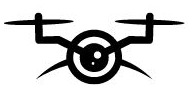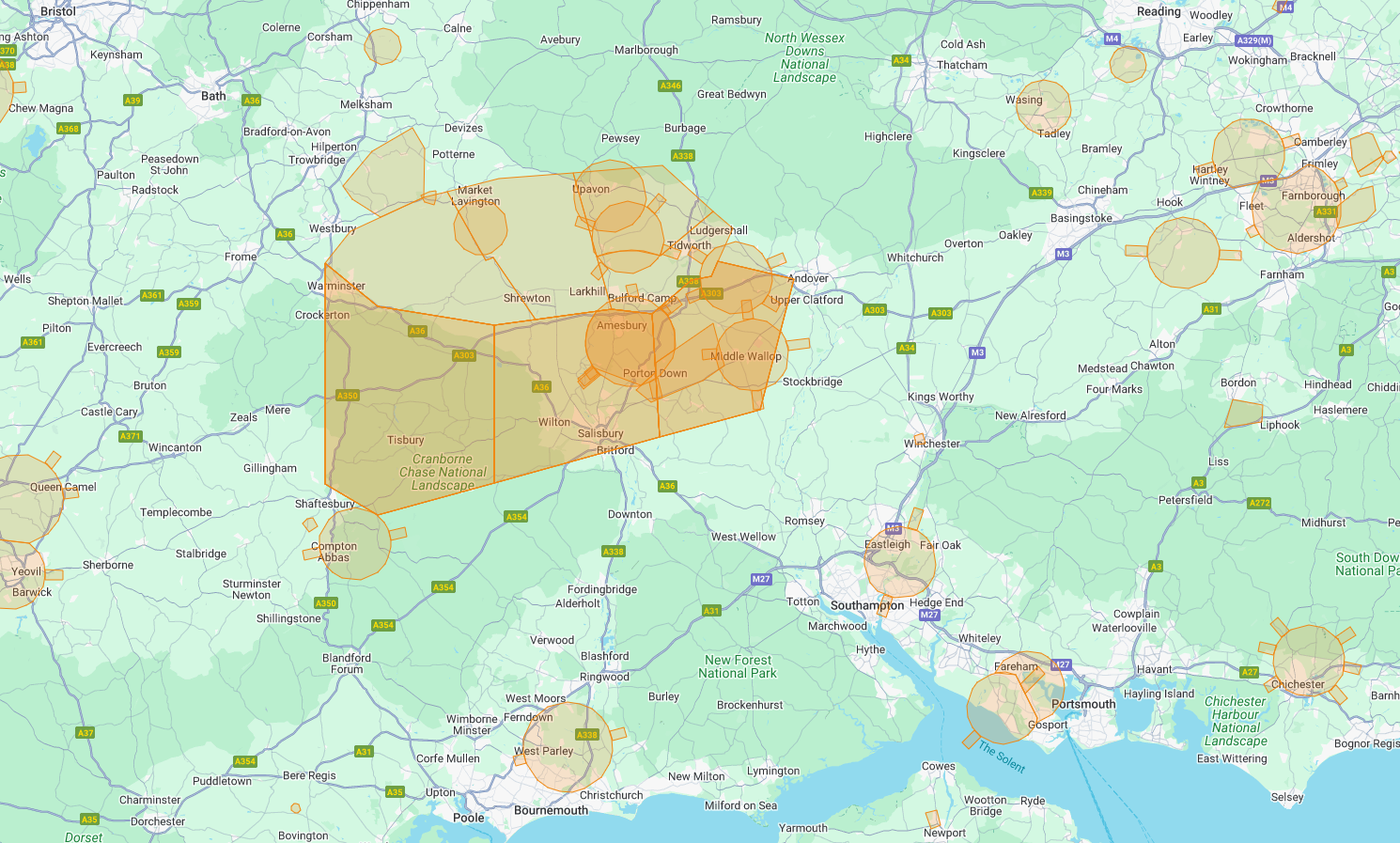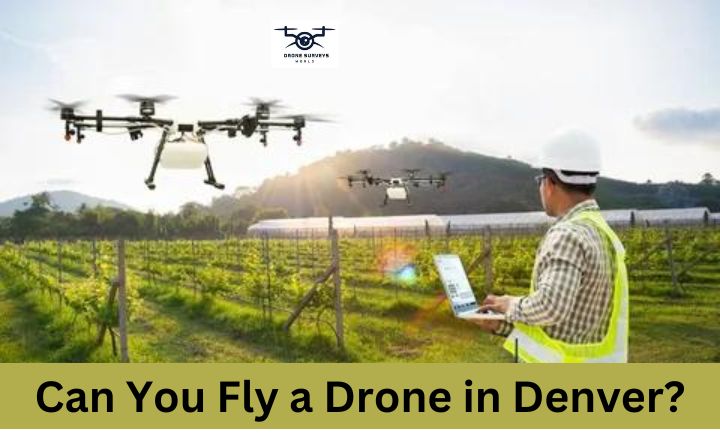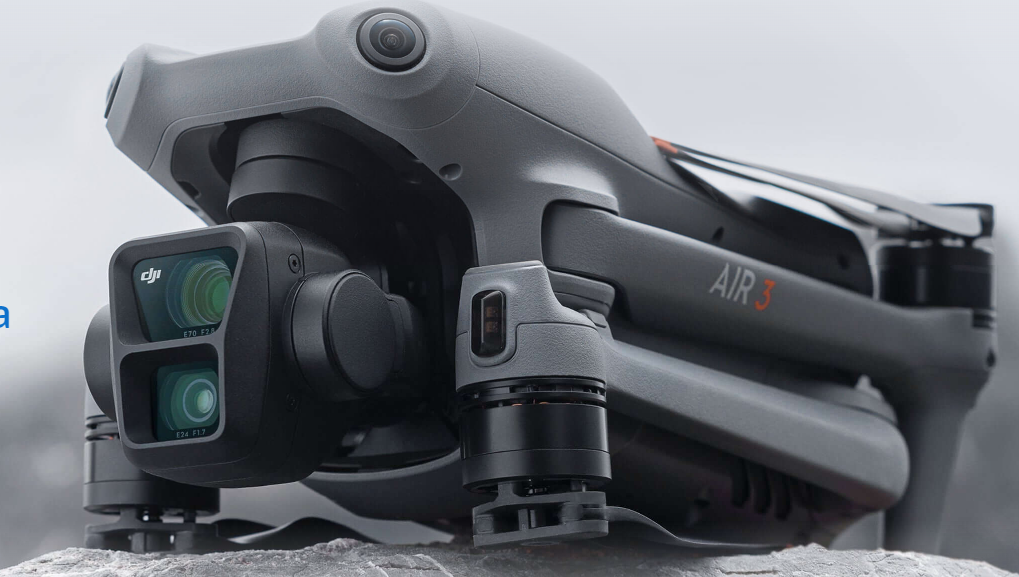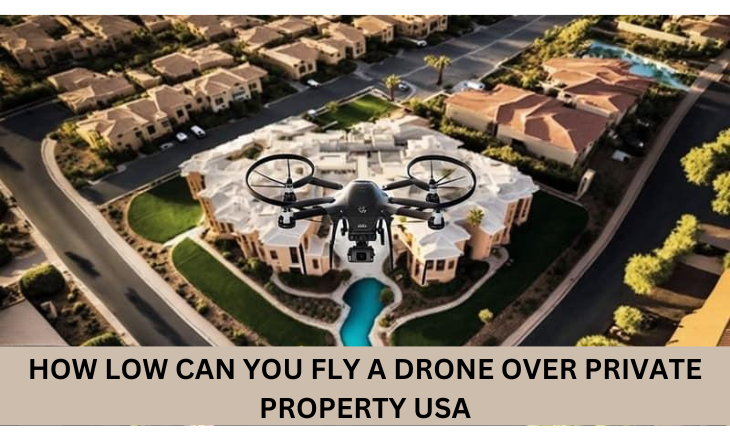DJI Fly Safe
Introduction
With the rise of drone technology, ensuring the safety of our skies has become a top priority. DJI, a global leader in drone manufacturing, has been at the forefront of this effort with its comprehensive Fly Safe system. Designed to help pilots navigate complex airspace regulations and avoid restricted areas, DJI Fly Safe is a critical tool for anyone operating a DJI drone. But what exactly is this system, how does it work, and why is it so effective? In this article, we’ll take an in-depth look at DJI Fly Safe, exploring its features, functionality, and the reasoning behind its design.
What Is DJI Fly Safe?
DJI Fly Safe is a suite of features built into DJI drones that helps pilots avoid flying in restricted or dangerous airspaces. It combines geofencing technology, real-time data updates, and user-friendly tools to enhance flight safety. The primary goal of Fly Safe is to prevent drones from entering no-fly zones—areas where drone flights are restricted due to safety, security, or legal concerns.
How DJI Fly Safe Works
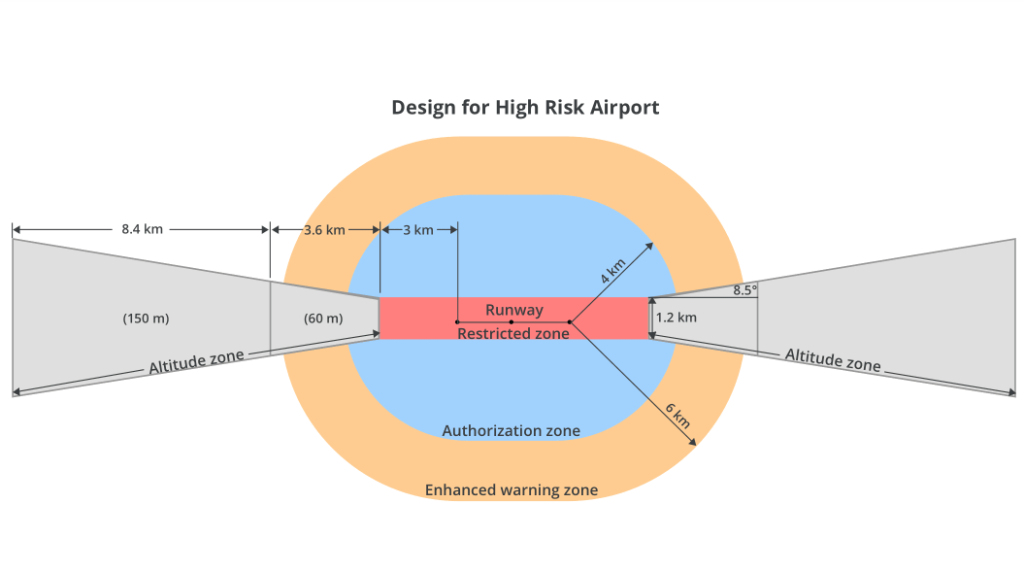
1. GEO Zones: The Heart of DJI Fly Safe
At the core of DJI Fly Safe is the Geospatial Environment Online (GEO) system, which uses geofencing to create virtual barriers around restricted airspaces. GEO zones are categorized based on the level of restriction:
- Restricted Zones: Areas where drones cannot fly at all. These include places like airports, military bases, and sensitive government sites. The drone’s software will automatically prevent it from taking off or entering these zones.
- Authorization Zones: Areas where drone flight is restricted but can be unlocked if the operator has permission. These zones usually surround airports and other sensitive areas. Pilots can request authorization through DJI’s Fly Safe portal to unlock these zones temporarily.
- Enhanced Warning Zones: In these zones, the pilot will receive a warning message, but the drone will still be allowed to fly. These areas are often near restricted zones, and the warning serves as a reminder to exercise extra caution.
- Warning Zones: These are less restricted than Enhanced Warning Zones. Pilots will receive notifications but are not prevented from flying. These zones typically cover places where drones could pose a potential risk, like sports stadiums during events.
- Regulatory Restricted Zones: Some areas may have restrictions based on local laws or temporary flight restrictions (TFRs), such as during large public events or natural disasters. These zones are updated in real time to reflect current conditions.
2. Unlocking Authorization Zones
For professionals who need to operate in Authorization Zones, DJI provides a process to unlock these areas. Here’s how it works:
- Requesting Access: Pilots can submit a request through the DJI Fly Safe portal, providing necessary documentation such as flight permissions or operational intent.
- Verification: DJI verifies the request, often requiring additional information or proof of permission from relevant authorities.
- Temporary Unlock: Once verified, DJI will provide a temporary unlocking code that allows the drone to operate within the restricted area for a specific period.
This process ensures that only authorized individuals with valid reasons can fly in sensitive areas, adding an extra layer of safety and security.
3. Real-Time Data and Updates
DJI Fly Safe relies on a constantly updated database to ensure that its geofencing system reflects the latest airspace restrictions. The system pulls in data from multiple sources, including local aviation authorities, to provide real-time updates on airspace changes. This means that if there’s a sudden flight restriction due to an emergency or special event, DJI drones will automatically adjust to these new conditions.
4. Pre-Flight Checklist and Warnings
Before each flight, DJI drones run a pre-flight checklist that includes checking the current location against the GEO database. If the drone is in or near a restricted area, the pilot will receive a notification with details about the restriction and, if applicable, instructions on how to unlock the zone. This proactive approach helps pilots stay informed and compliant with local regulations.
5. DJI AirSense
For enhanced situational awareness, DJI also includes AirSense in some of its newer drone models. This system uses ADS-B (Automatic Dependent Surveillance-Broadcast) technology to detect nearby manned aircraft. When an aircraft is detected within a certain range, the drone pilot receives an alert, allowing them to take evasive action if necessary. While not directly a part of the Fly Safe system, AirSense complements it by adding an extra layer of safety, particularly in busy airspaces.
Why DJI Fly Safe Works
1. Comprehensive Geofencing
The effectiveness of DJI Fly Safe lies in its comprehensive geofencing system. By categorizing airspaces and applying restrictions based on the level of risk, DJI ensures that drones are kept away from areas where they could pose a danger. The system’s ability to enforce these boundaries through software prevents accidental or unauthorized flights into restricted zones.
2. Continuous Updates
DJI’s commitment to providing real-time data ensures that pilots are always flying with the most current information. This dynamic update capability is crucial in an ever-changing airspace environment, where new restrictions can be applied quickly due to events, emergencies, or regulatory changes. The ability to adapt to these changes in real time makes DJI Fly Safe highly reliable.
3. User-Friendly Interface
DJI has designed the Fly Safe system to be as user-friendly as possible, even for those new to drone flying. The process of unlocking restricted zones, receiving warnings, and understanding restrictions is made simple through the DJI app interface. This ease of use encourages pilots to engage with the safety features rather than bypass them, which is critical for maintaining safe skies.
4. Encouraging Responsible Flying
By integrating Fly Safe into every DJI drone, the company promotes a culture of responsible flying. Pilots are continually reminded of the importance of following regulations and are provided with tools that make compliance straightforward. This proactive approach helps reduce incidents of drones entering restricted areas, which could otherwise lead to accidents or legal issues.
5. Collaboration with Authorities
DJI works closely with aviation authorities worldwide to ensure that the Fly Safe system aligns with local regulations. This collaboration helps to maintain a balance between innovation and safety, allowing DJI drones to be used effectively while respecting the airspace rules of different regions.
Tips for Safe Flying with DJI Fly Safe
- Always Check GEO Zones Before Flying: Use the DJI app to review the airspace where you plan to fly. This will help you avoid restricted areas and plan your flight route accordingly.
- Update Your Firmware Regularly: Ensure your drone’s firmware is up to date to benefit from the latest Fly Safe data and features.
- Understand Unlocking Procedures: If you need to fly in an Authorization Zone, familiarize yourself with the unlocking process ahead of time to avoid delays.
- Respect Local Regulations: Always follow local laws and regulations regarding drone flights. DJI Fly Safe is a tool to help you comply, but it’s your responsibility to know the rules.
- Use AirSense (If Available): If your drone is equipped with AirSense, pay attention to the alerts and take appropriate action to maintain safe distances from manned aircraft.
Wrapping It Up
DJI Fly Safe is a crucial system for anyone operating a DJI drone. It’s more than just a safety feature—it’s a comprehensive solution designed to protect both drone pilots and the public by preventing unauthorized flights into restricted airspaces. Through advanced geofencing, real-time updates, and a user-friendly interface, DJI ensures that pilots can enjoy the thrill of drone flying while staying compliant with airspace regulations. Whether you’re a hobbyist or a professional, understanding and utilizing the DJI Fly Safe system is essential for safe and responsible drone operations.
